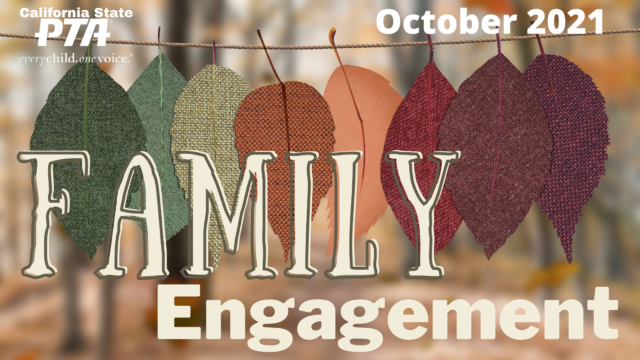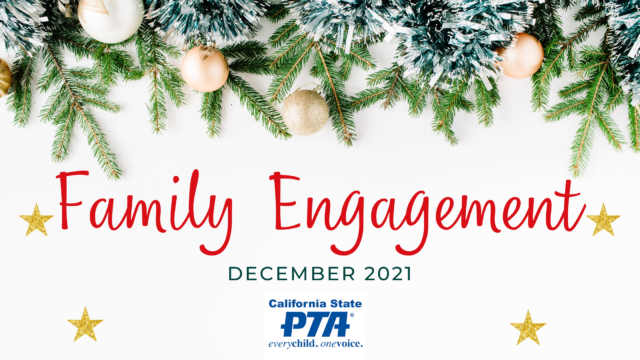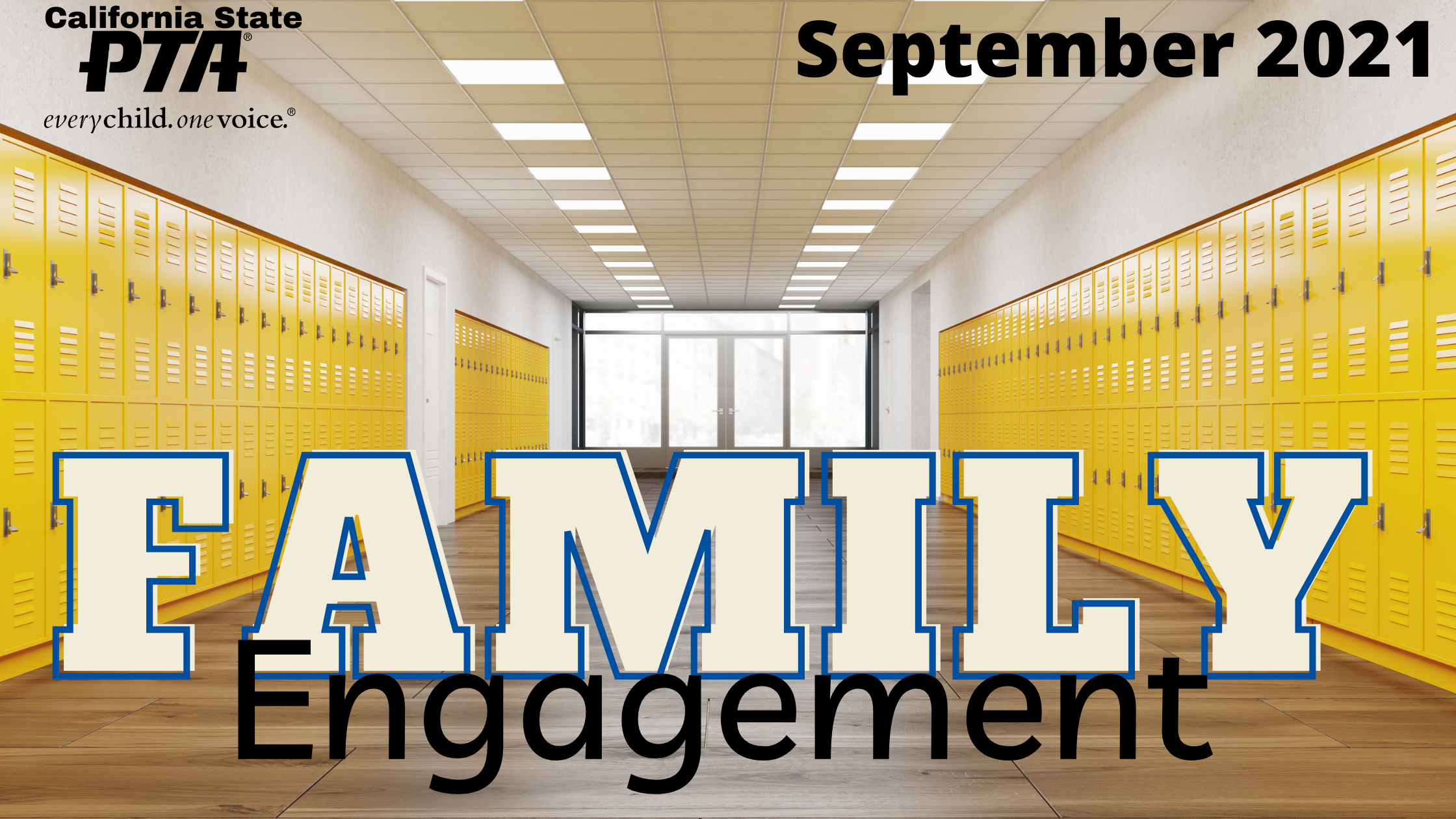
By California State PTA Family Engagement Commission
A Conversation with Kelly Mattinson, Family Engagement Commission Consultant
Q. How does a student find the “perfect fit” college?
In most cases it’s a family decision. The choice needs to fulfill the needs of the student and the family , particularly when the parents are the financially responsible party or helping identify scholarships, grants or loans.
That said, the most successful college selection stories happen when three things factor equally into the decision: the social, academic and financial fit. All three are vital to a successful college journey.
Q. What do you mean by social fit?
By social, I mean “How does the school FEEL?” For example, a student should be asking:
- Is it a large or small school, which do I learn better?
- What clubs and activities are available?
- Do they have a football team?
- Do I care about school spirit?
- Is there Greek life?
- What is the weather like?
- Is there dorm living?
- How far is it away from home?
If possible, an in-person visit can be revealing. When you step on the campus, do you want to walk those grounds for the next four-plus years? Sometimes you just know the school is your place. Sometimes you immediately know it is not. If this is going to be your home for four years, it needs to feel like home.
Q. Beyond “do they have my major” what should a student look for to be sure of an academic fit?
This involves knowing a bit about your personal academic style. Do you prefer a semester or quarter schedule? How intense or laid back do you want your academic experience to be? The pace is an important factor to academic success.
Does the college offer multiple majors that interest you? Most students do not graduate with their initially intended field of interest. Having back up options is best as you discover new things about yourself and disciplines in college – that is part of the process.
Q. Isn’t a financial fit just a straightforward affordability question and aren’t more expensive colleges naturally better?
College is expensive. You get what you pay for can be true, but it can also be misleading. Just because the price tag is high does not necessarily make it the BEST. There are amazing public schools out there that come with federal and local funding packages that can help you, there are also VERY generous private universities that will invest in you given the opportunity.
When choosing your BEST fit university, make sure you are comparing apples to apples and not watermelons to grapes. Take all things into account. For example, look at the average time to graduate. If you pay $200,000 but it takes you 5 years to graduate, it actually costs you more than a 4-year university experience at $200,000 because you lose a year of earnings. In other words, sometimes a less expensive school can cost more because it will take longer to graduate. Most private universities guarantee that you will graduate in four years. There may be several reasons including that they may not have the housing or they gave you a lot of financial aid and want you to move on and give back as an alumni. (Watch for more on this and the FAFSA process in an upcoming post.)
Q. Why is the best FIT important for parents as well?
College selection and application is a process that can take up family time and parental involvement in the high school years. Some families are also able to make a financial commitment (even a financial sacrifice!) towards their child’s college experience. After all that, can you imagine your child crying because they are miserable at college? Talk about salt in the wound. I want to know my son is thriving and that he will be happy and productive in his life ahead and hopefully he will take care of me when I am old… lol. It is much easier to be happy for your kid when they are happy…. it is the worst to MISS them (and you will) and have them miserable. Trust me… if they go away to college and they’re happy, it makes it easier to not mourn their empty room.
For more resources on college and career preparation be sure to visit this Family Engagement webpage.
Kelly Mattinson is a former Council PTA President and current local PTA leader. She has worked as a college admissions planner in Los Angeles, helping families find the right fit for their students going to college.



